I have been spending my days in Brookfield, Connecticut, dragging transmitters around and reconnecting them in various ways. The WRKI-FM WINE-AM transmitter site is finally moving into the “new” transmitter building at the base of the tower. Today, we moved WINE.
WINE was first signed on in 1963 on 940 KHz from a 170-degree non-directional tower on top of a pretty high hill. That same tower serves as the antenna support for WRKI, which signed on in 1957. The station runs 680 watts daytime, however since it is non-directional, it has some pretty serious power reductions at night. The post-sunset power drops in two steps, 450 watts for the first hour, then 189 watts for the second hour, followed by 4 watts nighttime.
The 4-watt nighttime signal goes about 2-4 miles before it becomes unlistenable. The Post Sun Set Authority (PSSA) allows the station to stay on the air with at least some coverage up to about 6:46 pm in the winter time and 10 pm in the summer, which is better than nothing.
The problem is, the Harris MW-1A transmitter goes down to 250 watts and no lower. In order to make the nighttime power, the station switches to a dissipation network to burn off 246 watts of RF, at 50% percent AC-RF efficiency, which just ends up being a waste of power. Further, the station engineers have been ignoring the PSSA because there are too many steps and it was easier to just switch to night power at sunset.
What we decided to do instead, was install a small low power night time transmitter, a Radio Systems TR-6000. The MW1A can then be set to use the low power level for the first step of the PSSA, then switch the dissipation network in for the second step of the PSSA, and finally switch in the night transmitter at the proper time.
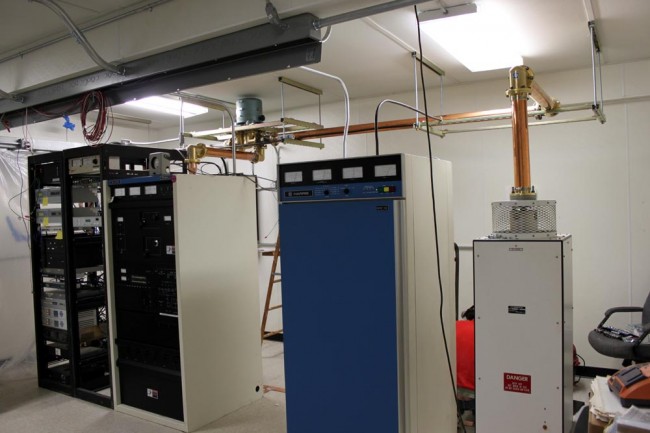
This is the Harris transmitter, new Circa 1981, which was cleaned up and moved into the new transmitter building.
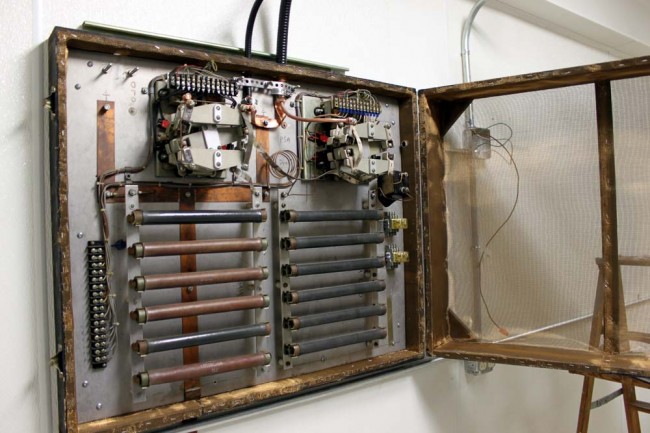
The dissipation network. This will have to be reconfigured for the proper power levels, once the night transmitter is installed. The dissipation network is on the right, a dummy load is on the left. The two large RF contactors switch the dissipation network in and out, or select which transmitter is feeding the antenna/dummy load. This is the really, really old school way of doing it. Most transmitters manufactured after 1990 or so can run at any power level, making a dissipation network unnecessary.
Before re-installing the dissipation network/dummy load, we lined the enclosure with copper mesh. I don’t want that thing interfering with any of the other equipment nearby, which would be the STL receivers, satellite receivers, or Town of Brookfield police dispatch radios.
Schematically, it looks like this:
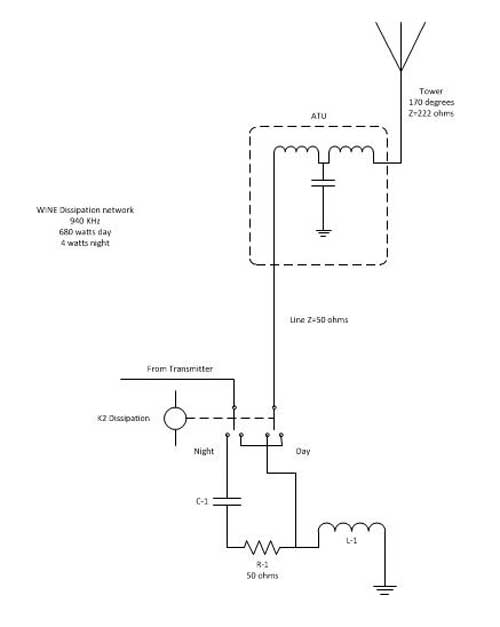
This is the picture behind the transmitters, which shows the coaxial cable feed through ports and the dissipation network on the wall.
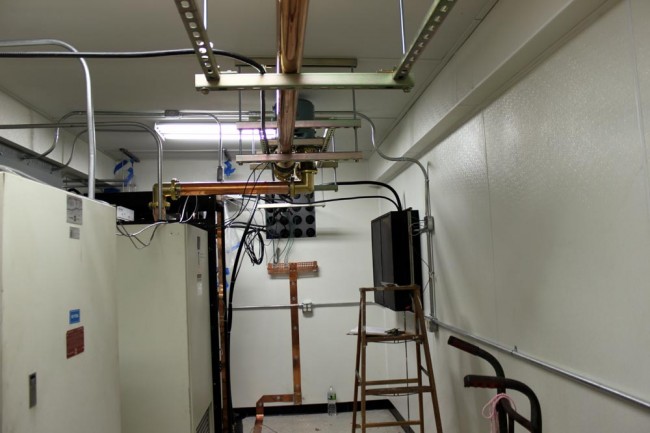
It is a work in progress, so forgive the mess.


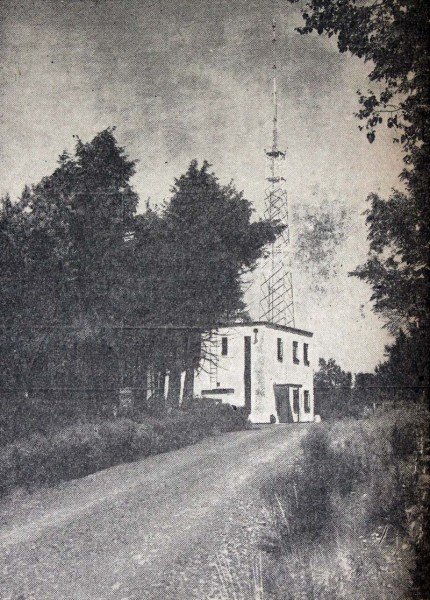
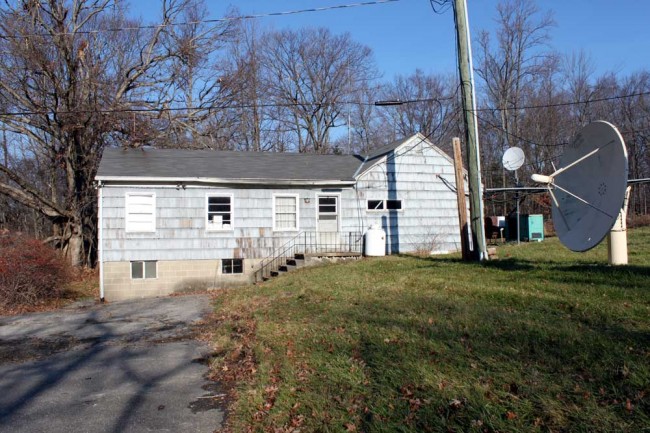


This sounds similar to the situation I had at the former WMMM-AM in Westport. Before my involvement, the station engineer along with the late Art Silver of Harris modified their MW-1 with an additional power position to allow the transmitter to operate at 50 watts for one of their PSSA power levels. If I remember correctly there was at least one additional relay and an additional audio pot added to the board on the flip-open door on the front of the box. For the 9 watt nighttime power the station utilized an LPB TX2-20 transmitter.
Looks like the site is coming along nicely.
@Bill, I though briefly about modifying the MW1 but that is a can of worms I’d rather not open. We were looking around for an older LPB or Radio Systems transmitter but. alas, there were none on ebay or anywhere else.